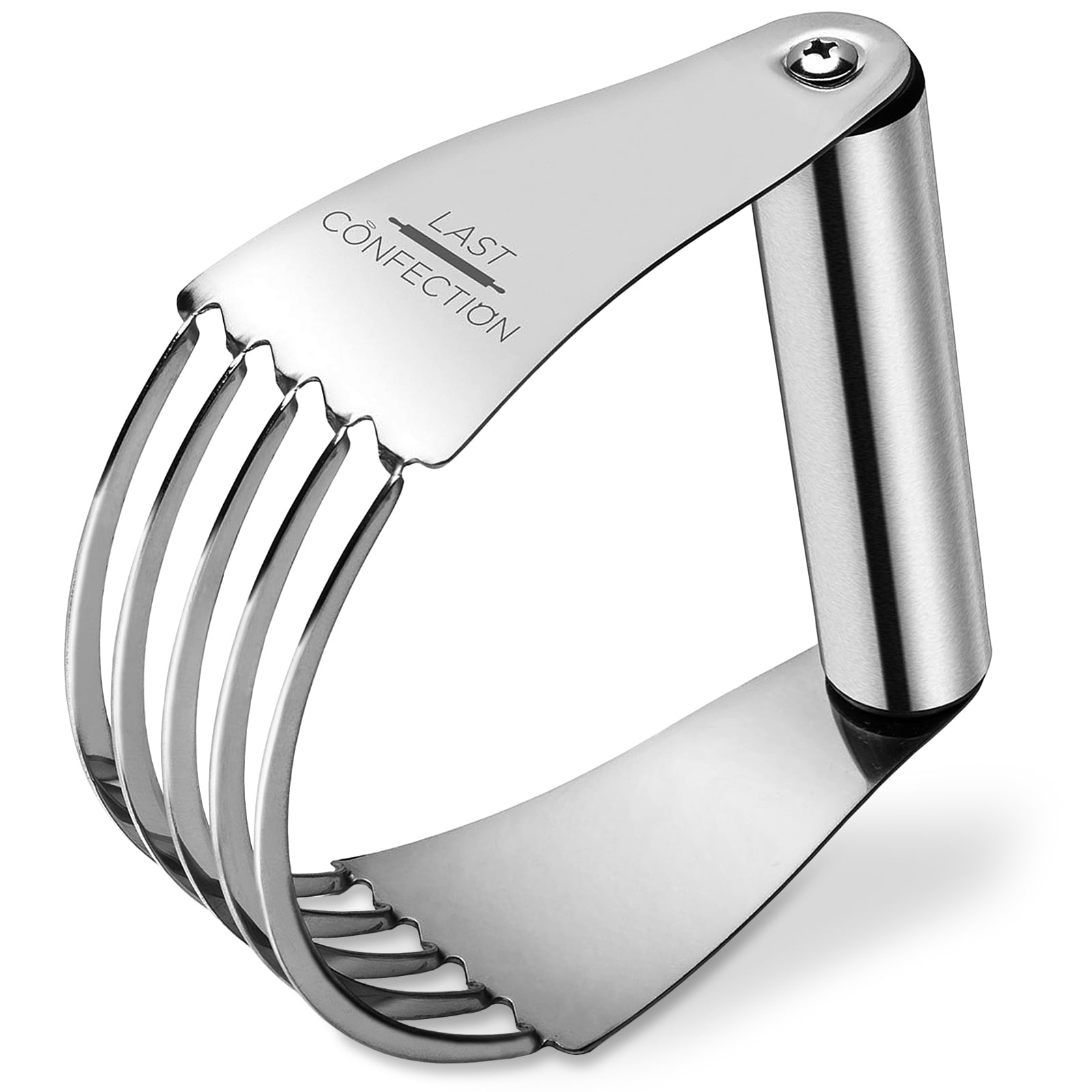

But it's cheap, so if you have room in your kitchen drawer and if you bake often, it's worth having on hand. Unfortunately, a pastry blender is not a very multi-purpose tool. They're both equally effective at blending however.Īside from mashing potatoes, you can use the sharp end of a pastry blender to make indentations on breads and other baked goods. I can't say that the blades are super easy to clean, but it is relatively easier in comparison to the wires. The wires are very close together, which makes it more difficult to wash the blender when you're done. If you fall into that camp, you can use a food processor instead, if you don’t mind the clean-up.December 19, I think that both types work well, but the type with blades is a little bit easier to clean. It is easier to just rub the flour and fat between your hands, though purists sniff that warms the dough somewhat. The substitute traditionally recommended is to use two knives, but this combination is quite fussy to use. Press the pastry blender into the fat and flour, giving it a half turn as you press, then lift and repeat with rapid hand motions.Ī pastry blender can also be used to chop hard-boiled eggs for salads and garnishes, mash up soft avocado, or hack cooked ground beef or pork back into a nice mince after cooking if it has bunched up. Even when hard, if you’ve got your cold fat cut into appropriate size pieces, you shouldn’t have to really press on it all that much. If it’s soft and warm, it won’t form the nice small pieces that will form air pockets in dough rather, the blender will act as a masher, mashing the fat in, and making the dough heavy.ĭon’t dump half a block of hard butter or other fat in and attack it with a pastry blender. The purpose of working the fat in and chopping it into small pieces is that when it melts during cooking, it will leave flaky air pockets behind.

The act of what you are doing is called “cutting in the fat.” The fat being cut in can be lard, butter, dripping, suet, shortening or margarine. When choosing a pastry blender, feel the handle and make sure it feels comfortable to you in your hand –as you are going to be pressing down on this handle. Some people have found that the wires on some of the newer, cheaper-made wire ones will pop with too much pressure on cold fat. Some prefer the blade ones though, because they can drop in larger hunks of cold fat all at once and hack their way through them. Wires are more traditional, and some say, more efficient at even mixing because they are more flexible. The wires can be thickish wires, or metal blades. The wires curve downwards away from the handle at one end, and then upwards and back into the other end of the handle. The finish on wood may deteriorate in the dishwasher, but some people don’t care what it ends up looking like: they just think wood is still more comfortable to use.

The handle can be metal, wood or plastic.


 0 kommentar(er)
0 kommentar(er)
